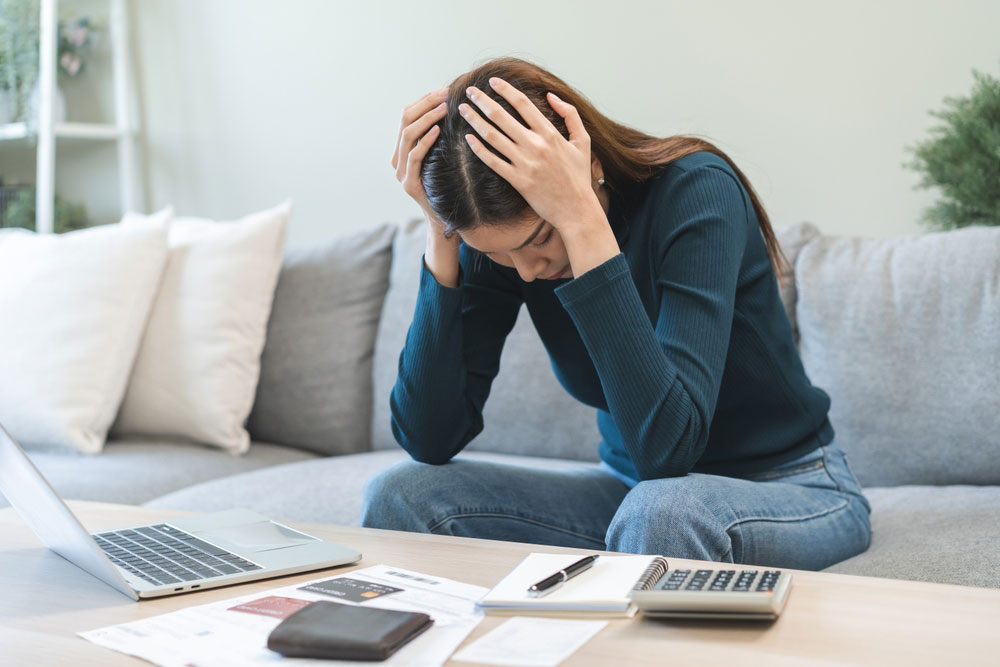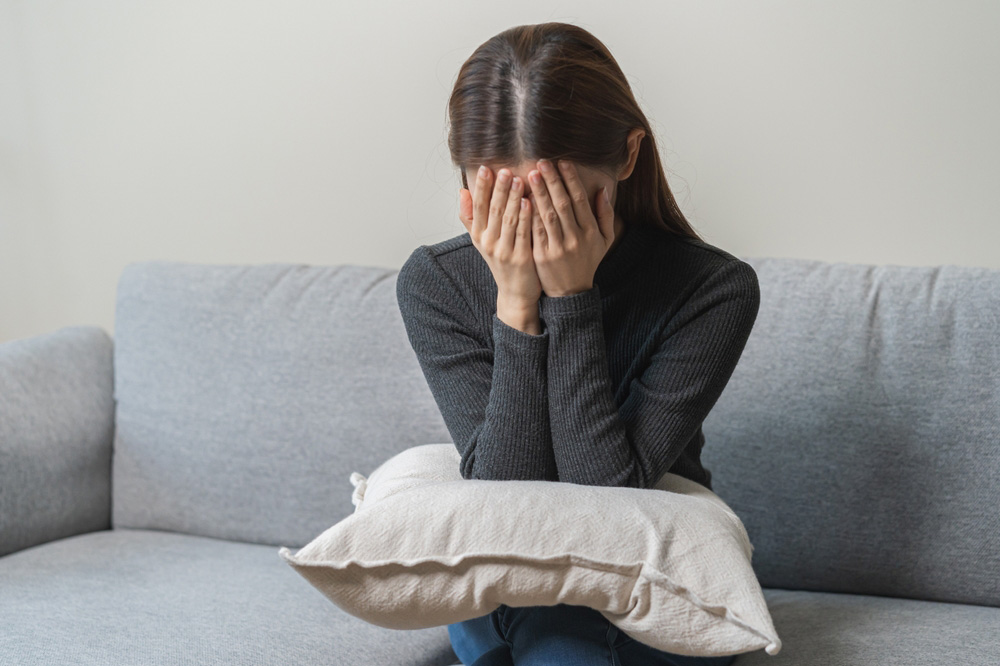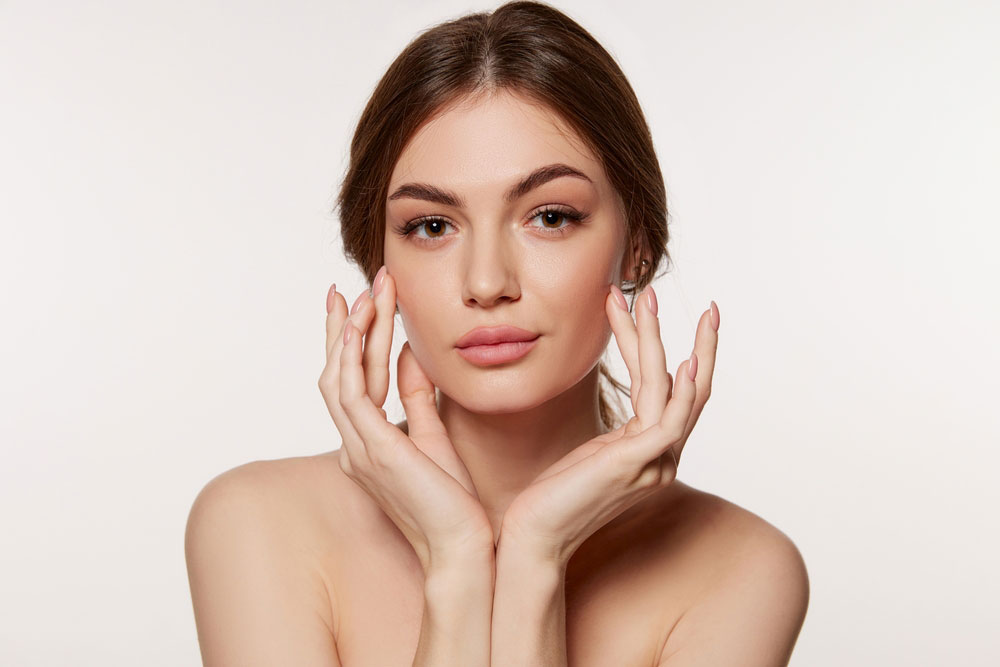Why Do Some People Eat Their Hair? Understanding Trichotillomania and Trichophagia

By Laila Al Akel
Medical student at Balamand University
“Anything that’s human is mentionable, and anything that is mentionable can be more manageable. When we can talk about our feelings, they become less overwhelming, less upsetting, and less scary.” — Fred Rogers
Is Eating Hair a Disorder?
Trichotillomania, also known as hair-pulling disorder, is a mental health condition characterized by frequent and irresistible urges to pull out hair from the scalp, eyebrows, arms, and legs. It falls under body-focused repetitive behaviors (BFRBs) and is classified as an obsessive-compulsive and related disorder.
Trichotillomania is often mistaken for disorders like alopecia and monilethrix or fungal infections like tinea capitis, but it is a distinct condition with specific diagnostic criteria outlined in the DSM-5 (Diagnostic and Statistical Manual of Mental Disorders) including:
- Recurrent hair-pulling, leading to noticeable hair loss like bald spots.
- Repeated attempts to stop pulling hair but failing to do so.
- Significant distress or social/occupational impairment due to hair-pulling.
- Hair loss is not caused by another medical condition.
- The behavior is not explained by another mental disorder.
Note: If you suspect you or someone you know may have trichotillomania, consult a psychiatrist for a formal evaluation. Please do not self-diagnose.
Does It End with Hair Pulling or Is There More?
Many individuals with trichotillomania not only pull their hair but bite, chew, or even swallow it—a condition called trichophagia. While this may seem like an uncommon behavior, trichophagia can lead to serious digestive complications if large amounts of hair accumulate in the stomach and intestines.
One of the most severe consequences of trichophagia is the formation of a trichobezoar, also known as a “hairball” in the digestive tract. This occurs when ingested hair clumps together with food particles, creating an indigestible mass. Over time, this can lead to gastrointestinal blockages.
Symptoms of Trichobezoars:
- Persistent abdominal pain
- Nausea and vomiting
- Bloating and early satiety (feeling full quickly)
- Unintentional weight loss
- Bad breath (halitosis) due to bacterial growth on the hair mass
A trichobezoar can be diagnosed via imaging and often requires endoscopic or surgical removal in severe cases.
What Causes Trichotillomania? Understanding the Risk Factors
Many people with trichotillomania use hair-pulling as a self-soothing mechanism. They may feel isolated in their experience, unaware that others struggle with the same disorder.
The exact cause of trichotillomania is still unknown, but research suggests that abnormalities in neurotransmitters like serotonin and dopamine may play a role. However, several risk factors have been identified:
1. Genetic Factors
- People with a family history of obsessive-compulsive disorder (OCD) or trichotillomania may be at a higher risk.
2. Health Conditions
- Certain skin conditions that cause itching or discomfort (e.g., seborrheic dermatitis, psoriasis) may trigger hair-pulling as a way to relieve discomfort.
3. Age and Onset
- Trichotillomania most commonly develops between the ages of 10 and 13.
- Babies and toddlers may exhibit mild hair-pulling, but this typically resolves without intervention.
4. Mental Health Disorders
- Co-occurring conditions such as tic disorders, anxiety, depression, bulimia nervosa, impulse control disorders, and alcohol dependence may contribute to trichotillomania.
5. Stress and Emotional Triggers
- Stressful life events (e.g., parental divorce, trauma, bullying) may increase hair-pulling tendencies.
6. Environmental Triggers
- Boredom, isolation, or privacy can create an environment where repetitive behaviors like hair-pulling become more frequent.
How Is Trichotillomania Treated? Effective Therapies and Strategies
A psychiatric evaluation is necessary to confirm a diagnosis of trichotillomania and rule out other underlying conditions. Treatment often involves a combination of therapy and, in some cases, medication.
1. Cognitive-Behavioral Therapy (CBT) and Habit Reversal Therapy (HRT)
- CBT helps individuals recognize and change the thought patterns that drive hair-pulling.
- Habit Reversal Therapy (HRT) teaches alternative behaviors to replace hair-pulling, such as clenching fists, using fidget toys, or chewing gum.
2. Medications (Still Under Research)
- Some studies suggest N-acetylcysteine (NAC) may be helpful in reducing compulsive behaviors, but more research is needed.
3. Treatment for Children
- In children, brief counseling and caregiver support may be enough to reverse the habit—especially if triggered by stressful events like moving homes or a new sibling’s birth.
Final Thoughts: Managing Trichotillomania and Seeking Help
If you or someone you know might be struggling with trichotillomania, please talk about it with a trusted friend, family member, or mental health professional. Hair-pulling disorder can be distressing; thus, early intervention and treatment can significantly reduce symptoms. Additionally, managing trichotillomania reduces the likelihood of trichophagia and dangerous complications like trichobezoars. Please remember that you are not alone and you do not need to go through hardships alone.
References:
- UpToDate: Gastric Bezoars
- Mayo Clinic: Trichotillomania Overview
- Medscape: Trichotillomania Diagnosis
- Healthline: Rapunzel Syndrome
- PubMed: Adolescent Hair-Pulling Behavior
- PMC: Trichotillomania Research



